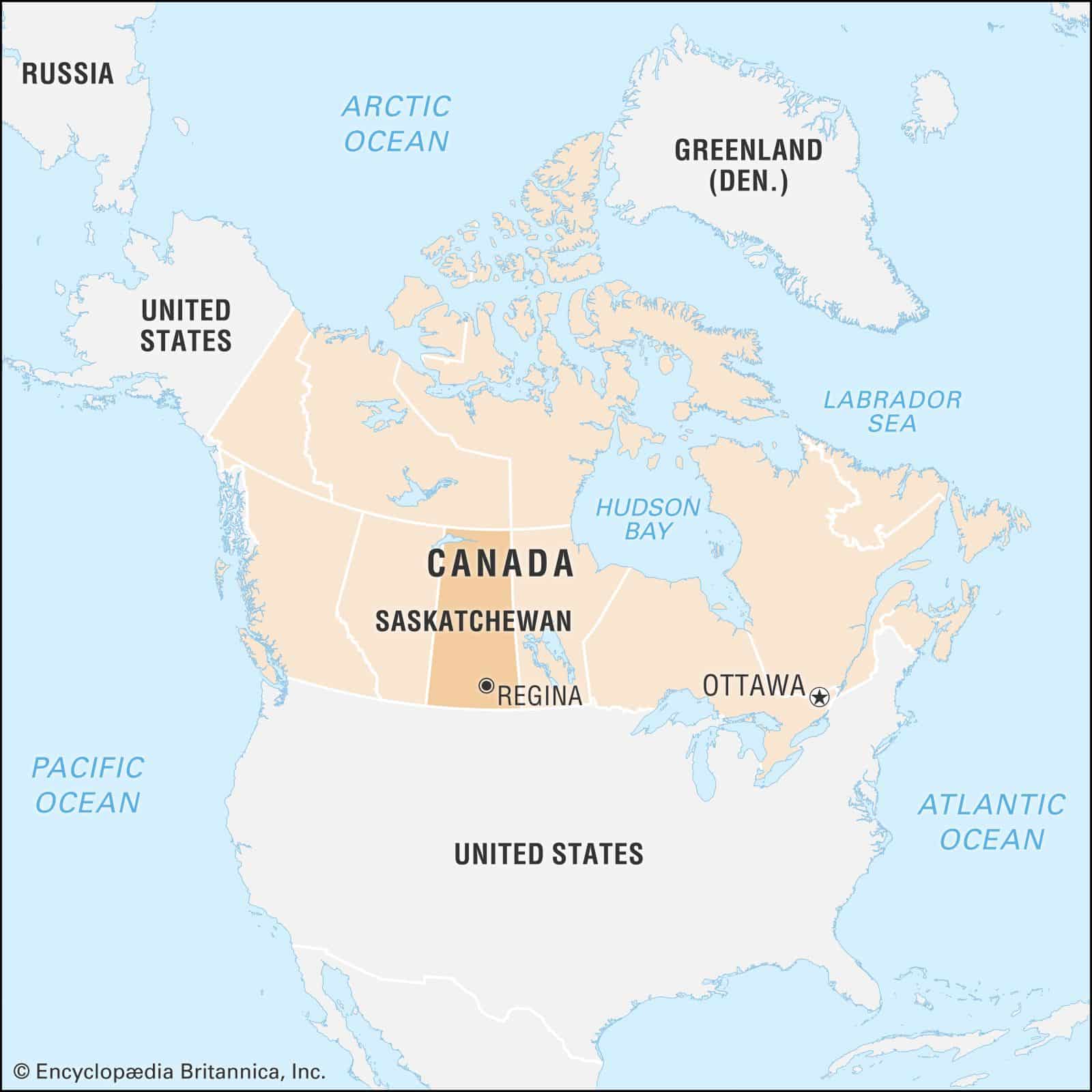Hightlights
- Saskatchewan could become a significant player in the rare earth materials market.
- SRC’s plant investment might position it as a key supplier for the U.S. DoD.
- Challenges persist due to market dynamics and reliance on Chinese processing.
Will the Canadian province of Saskatchewan (opens in a new tab) emerge as the place helping to accelerate the predominance of China in the rare earth extraction, refining and distribution business? The Saskatchewan Research Council (opens in a new tab) (SRC) believes so, as the group plans to compete with China and attract large amounts of capital to develop what would be the first rare earths processing plant in North America.
What’s happening?
First, Rare Earth Exchanges readers understand that China dominates global rare earth mineral production with about 70% market share worldwide. The world’s second largest economy’s position in refining is supreme, with about 95% of the global market.
The geopolitical importance of the above reality frames the topic of rare earth materials, meaning, the extraction of minute traces of rare but important substances worldwide.
Source: Britannica
Both Canada and America seek to transform current rare earth market realities, part of a quest to avoid undue reliance on China, a potentially hostile actor for supply.
But private investment has been rare in North America due to that very control China wields. That is why in the West, government involvement in these commodities becomes key, for these important commodities. Ones that thank to magnetic, fluorescent and conductive qualities represent the key ingredient for new economy products, everything from tech hardware and chips, to robotics, low-carbon electricity and defense applications.
Enter a potentially big player
Called the SRC, this provincially owned scientific research facility, has been working since 2020 to establish a plant in Saskatoon (opens in a new tab) to process rare earths, such as neodymium, praseodymium and samarium, reports The Globe and Mail (opens in a new tab).
According to accounts in Canadian media the operation there presently has the potential to produce 10 tons of rare earth metals a month. By year-end, it is expected to produce four times that much.
If those projections became reality the SRC could emerge as a predominant samarium producer for the U.S. Department of Defense. Used in missile guidance systems, stealth technology and F-35 fighter jets, samarium is the reason why now Canada media reports ongoing discussions occurring now between the SRC and the DoD according to an interview with Mike Crabtree (opens in a new tab), president of the SRC.
According to Crabtree, who didn’t have the nicest words for what he claims is Chinese rare earth players’ behavior:
“The Chinese ruthlessly manipulate the market throughout the upstream, midstream and downstream, with the intention of suppressing development of the industry outside of China.”
The Canadian continued for the Global and Mail article “They manipulate the market to such an extent that private investment here in North America takes one look at rare earths and goes, ‘Well, I can’t, I can’t go back to my investors and say, here’s a 15-year mature financial projection.”
Provincial Cash Injections
With an injection of $71-million in funding for the plant, Ottawa has invested an additional $30-million into this potential gargantuan operation.
Sourcing rare earth ores from Brazil and, as SRC scales up production, it plans to procure ore from mining companies in Australia, Southeast Asia, Latin America and South America.
To date no rare earth miners operate in Canada. Meaning there is no viable short term domestic supply, at least not for now.
Notably, Crabtree reports a handful of Quebec-based ventures working on development-stage initiatives could provide future supply for the SRC.
Is economics worth the investment?
Toronto-based Critical Minerals Institute (opens in a new tab) co-chair Jack Lifton (opens in a new tab) reports that the SRC plant should be commended for being the first of its kind in North America. However, a series of obstacles faced by the SRC should it seek to produce a commercially viable mine.
One key problem of economic math: the rare earths market is dwarfed by other mining sectors. In 2023, the rare earth market was worth only US$3.4-billion, according to Fortune Business Insights. (opens in a new tab)
Reporting for The Globe and Mail Niall McGee writes that Lifton cites that rare earths differ from other commodities, such as copper and gold, which can be processed in a uniform fashion and stacked in inventory ready to be shipped to customers. Rather rare earths are processed per order for the client, meaning buyers have very specific and disparate demands, requiring specialized manufacturing processes.
According to Lifton “This is the step they need to overcome in order to be commercial, to make a profit.” The Canadian expert offered “They need to have an end use customer, a magnet maker, who tells them, ‘Make this alloy, and if the alloy meets our specification, we will pay you.’”
The point to all of this: If SRC seeks to capitalize on these deposits and gratefully influence the rare earth market they have “a long way to go, and all these announcements are very overblown and premature.”
Ms. McGee, a mining writer goes on to explain how Canada’s recent rare earth aspiration past is littered with failure.
A confluence of factors and forces positions Chinese companies, both state-owned and shareholder-owned, to continue to perform well especially when looking at costs of production, environmental externalities and acceptable market price points.
Western ventures such as this one in Canada via SRC will need to bet heavily on process and engineering disruption, developing a far more efficient operation incorporating embedded artificial-intelligence technology.


Daniel
You Might Also Like…